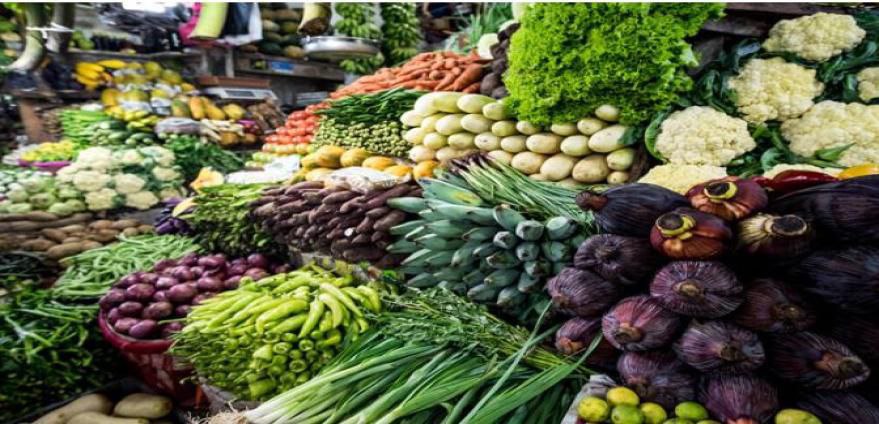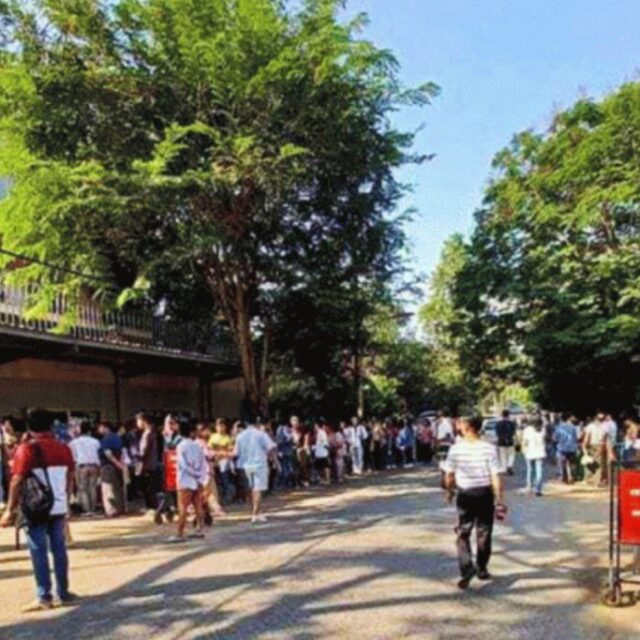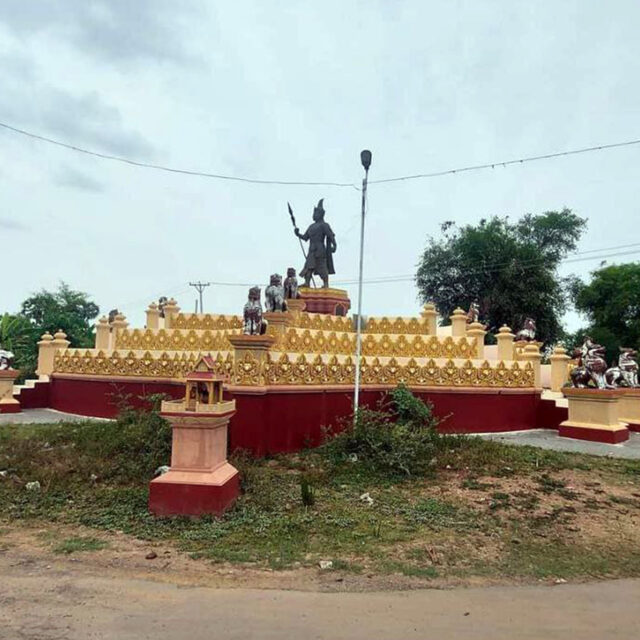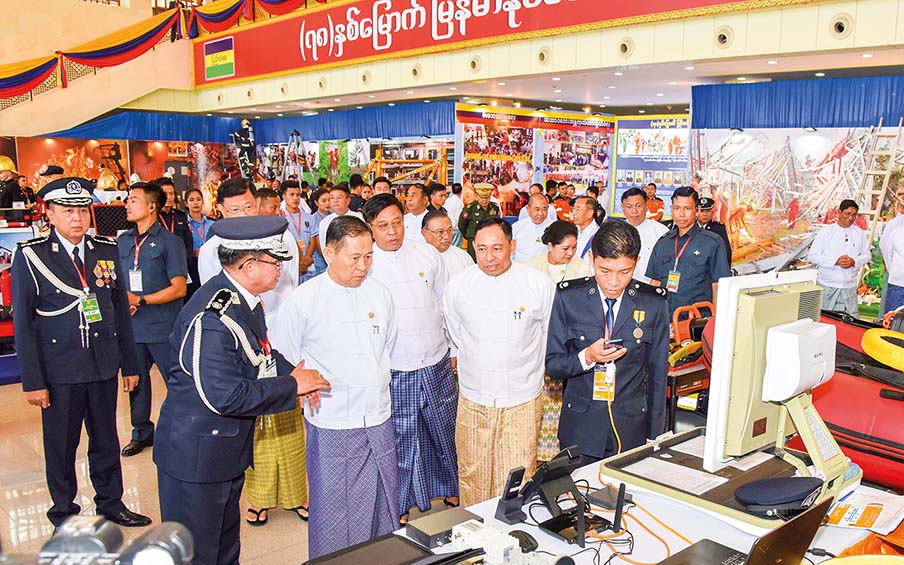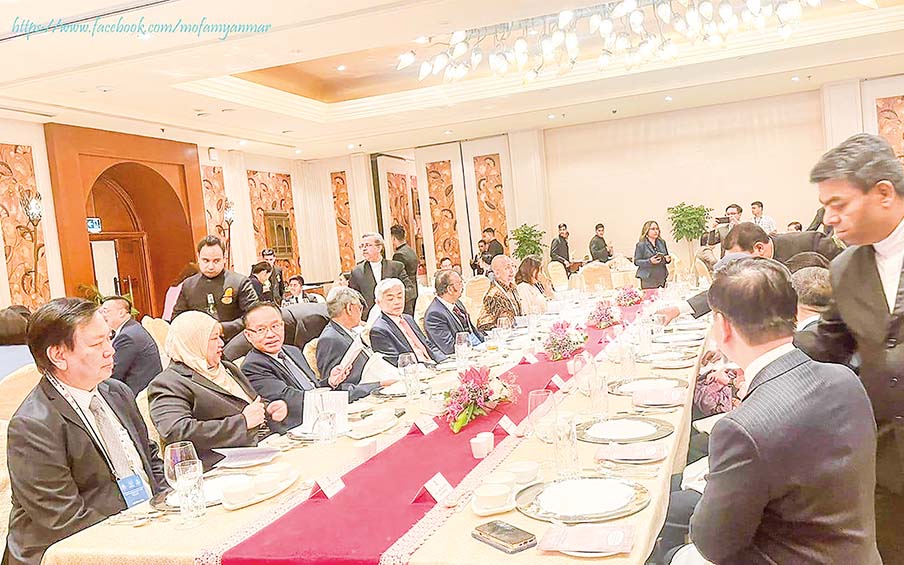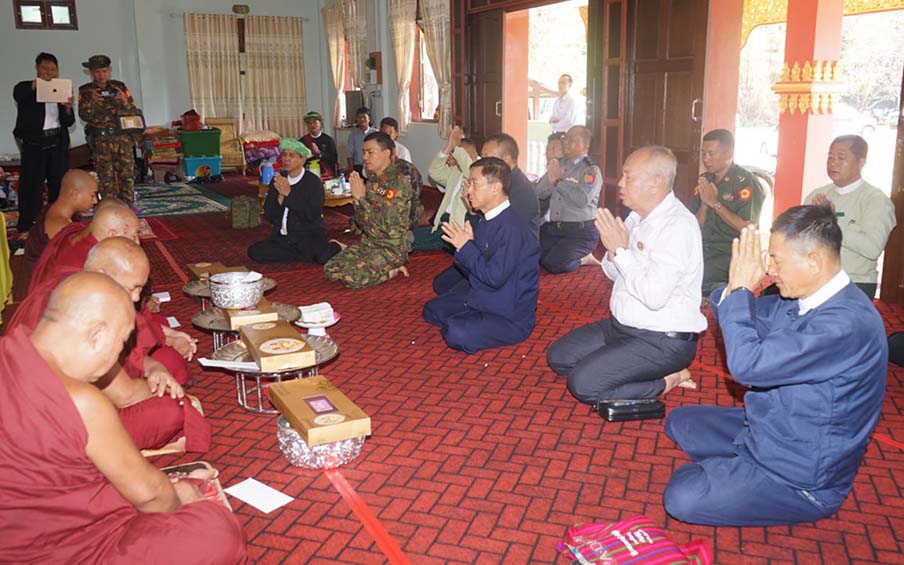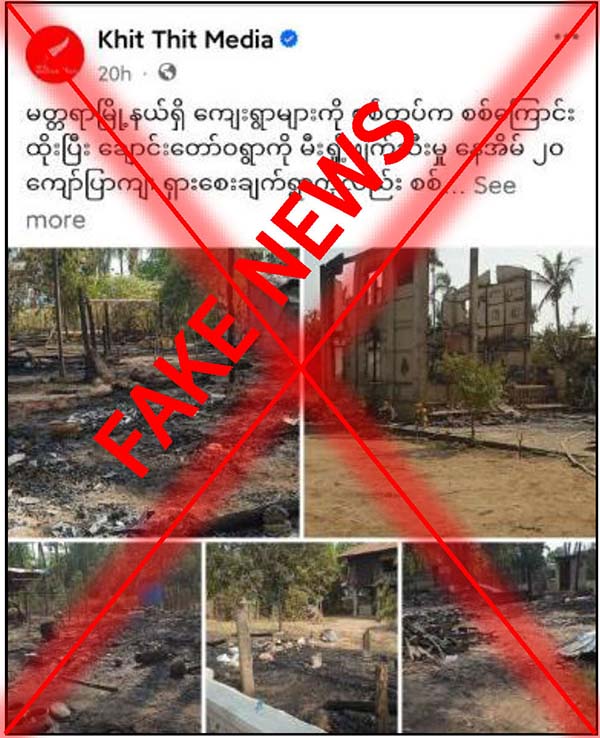The International Literacy Day, established during UNESCO’s 14th General Conference on 26 October 1966, is commemorated annually on 8 September. This global celebration, initiated in 1967, serves as a poignant reminder of the profound significance of literacy for individuals, communities, and societies worldwide.
Myanmar embarked on its literacy campaign in the Meiktila District in 1964, subsequently expanding its reach to encompass all townships across the country. The campaign’s primary focus was on providing the 3-Rs courses — reading, writing, and arithmetic — to eradicate illiteracy. The results were nothing short of remarkable. Over a decade from 1960 to 1970, Myanmar’s literacy rate surged to over 90 per cent of the population. UNESCO recognized Myanmar’s dedication by bestowing the Mohammad Riza Pahlavi Prize in 1971 and the Noma Prize in 1983, affirming the nation’s exceptional commitment to literacy with widespread public participation.
As of 2019, Myanmar’s adult literacy rate stood at 89.07 per cent, according to the World Bank’s development indicators. The government’s efforts to educate school-age children are evident through the operation of 13,879 basic education middle schools and 21,550 primary schools in rural areas, along with 1,626 middle schools and 3,318 primary schools in urban areas. However, the ratio of middle schools in rural to urban areas is 8:1, and for primary schools, it’s 6.5:1, highlighting the need to provide ample educational opportunities for all.
While successive governments have prioritized the education sector, the number of literate individuals in urban areas still surpasses that in rural regions. The rural areas face challenges such as lower student enrollment and high dropout rates, despite the presence of schools. Ensuring that educational opportunities reach children in all corners of the country remains a critical goal.
In the past, Myanmar’s model 3-Rs courses demonstrated exceptional success in staging literacy campaigns. By encouraging people to read literature, these courses laid a strong foundation for further education. The government is now implementing plans to expand education alternatives, including the KG+5 programme, with the ultimate aim of fostering a learning environment conducive to the KG+9 scheme.
Recognizing International Literacy Day should be a collective endeavour, not just in Myanmar but across the globe in line with the theme for 2023 of the significant day “Promoting literacy for a world in transition: Building the foundation for sustainable and peaceful societies”. It serves as a reminder of the tireless efforts in literacy campaigns and underscores the importance of selecting the most effective teaching methods and creating conducive learning environments for broadening the horizons of the people.
Lend a helping hand to illiterates to become literate
- September 08, 2023
- 575


